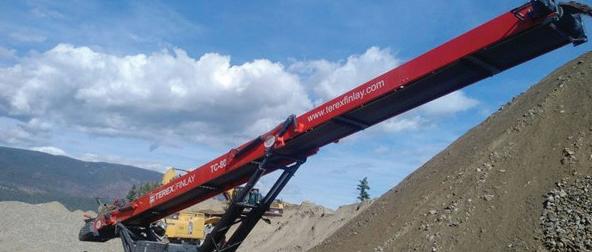
1 minute read
The Future Of Mining In BC
The Mining Suppliers Association of BC (MSABC) is launching a new campaign highlighting the exciting and innovative technologies BC’s mining industry suppliers are using to advance the future of mining in the province.
Redefining Mining digs into the ways suppliers across BC are taking action to decarbonize, electrify and sustainably manufacture products, leading to increased efficiency, reduced waste, enhanced safety, and improved environmental performance.
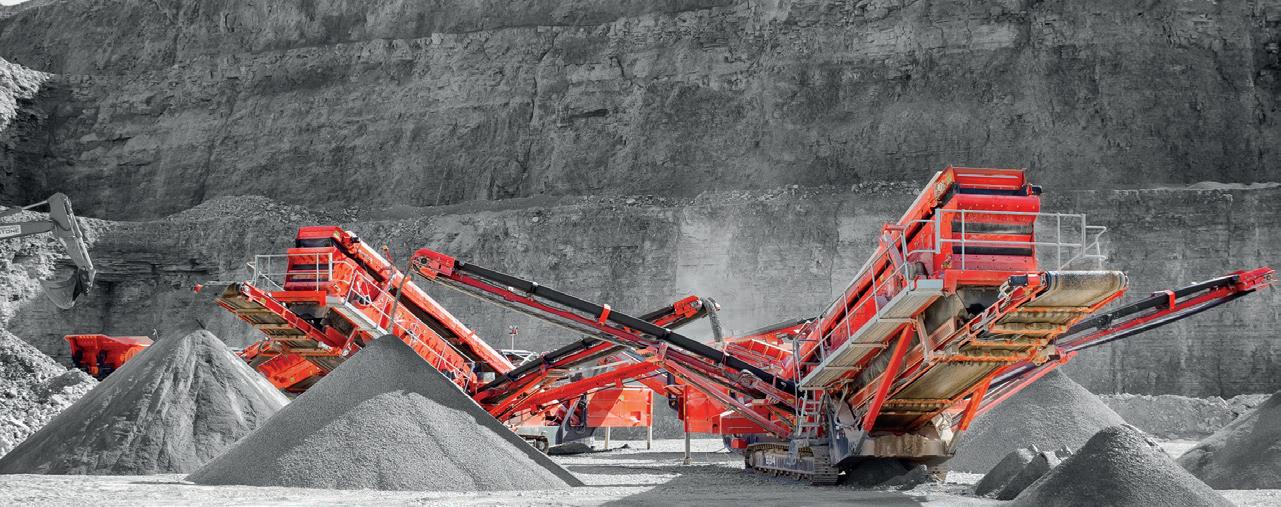
“The BC mining industry is continuously looking for opportunities to improve performance, to redefine how mining can be more efficient and more environmentally responsible,” said Alec Morrison, President and CEO, Mining Suppliers Association of BC. “BC is the right place to mine as global demand increases for copper, steel making coal and the other critical minerals needed to transition to a low carbon economy.”
Here are just a few ways BC’s mining service providers and suppliers are redefining mining and working together to integrate new technologies into the industry:
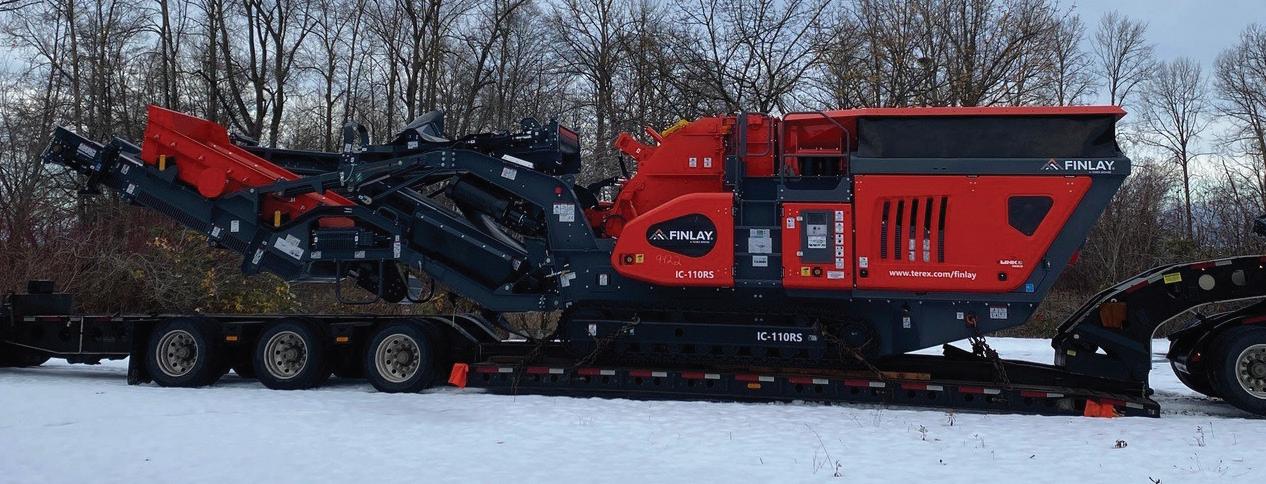
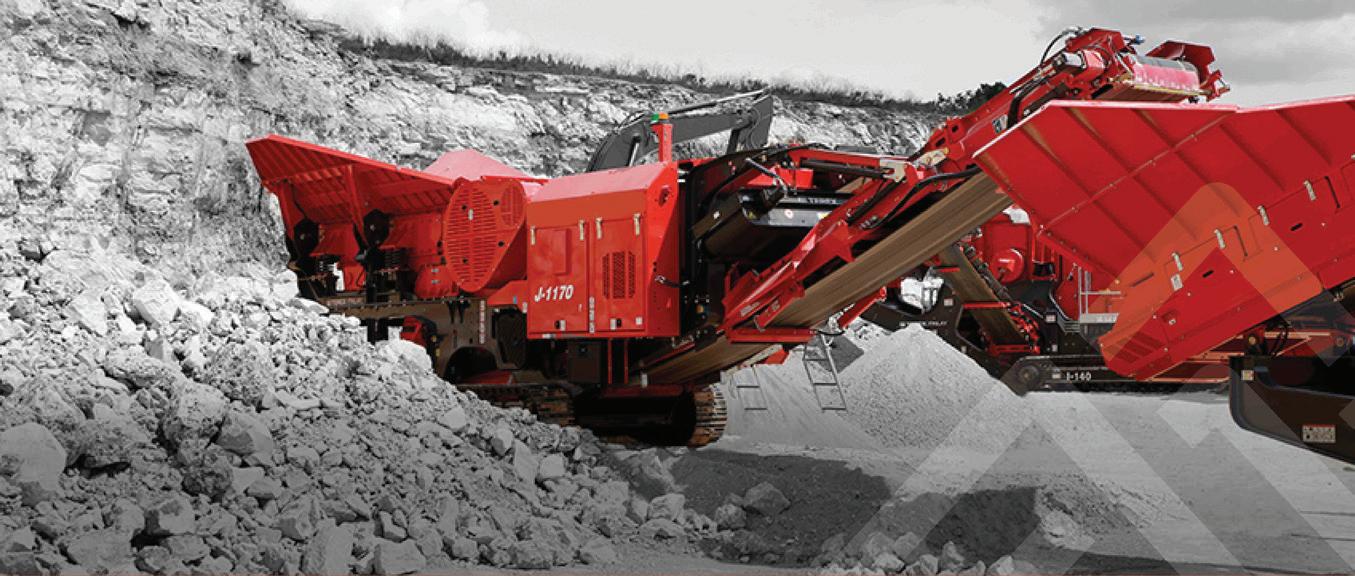
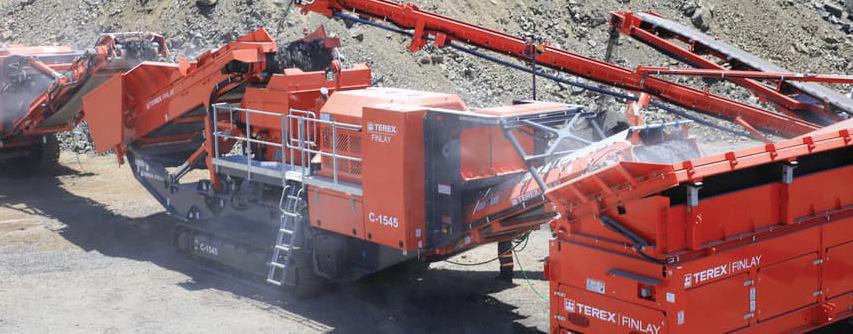
Transportation
The transportation industry alone makes up 50% of emissions in the province and of that, a little over 10% is of heavy-duty trucking emissions. Such a large impact on the overall emissions gives mining and transportation industries a profound opportunity to reduce emissions on a large scale. Arrow Transportation uses telematics technology to track carbon emissions and provide truck-driving sustainability scores enabling emission reduction while new technologies such as hydrogen-powered transport trucks are developed and brought to market.
Electrification
Another technology bridge is SMS Equipment’s electric trolley assist being used presently to help large haul trucks decarbonize. Shifting from fully diesel fueled trucks to using electric trolley assist in the form of an overhead power line grid system allows diesel engines to ramp down, increase clean energy use and lower carbon intensity. As a result, Copper Mountain has so far achieved a 30% carbon reduction.










